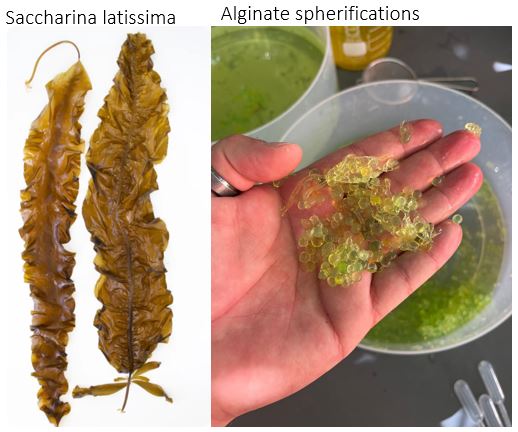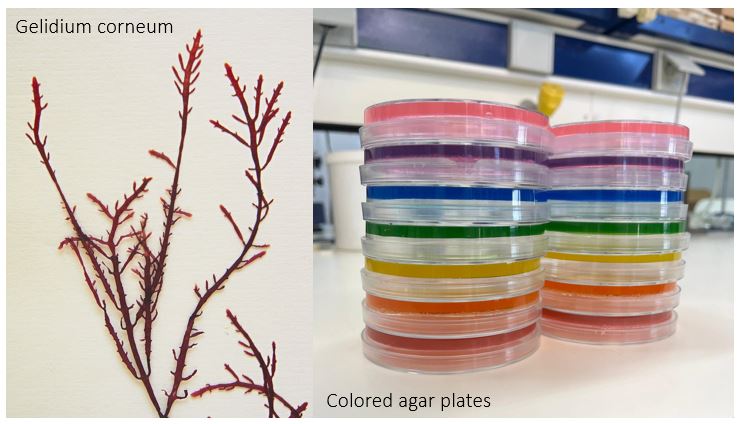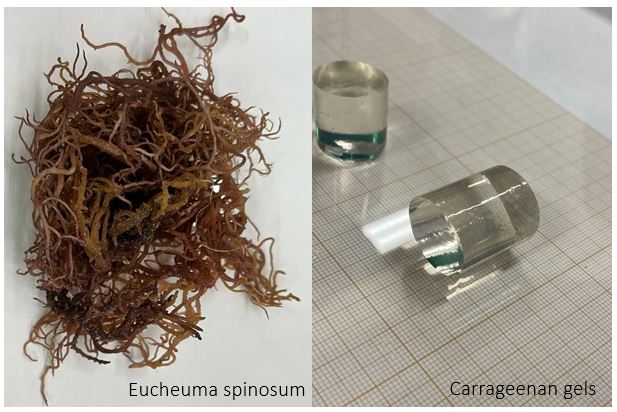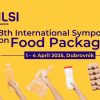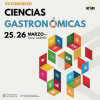Algae, those unassuming-looking marine creatures that have often annoyed us during our beach swims, have been on our planet since immemorial times. They do so much more than just adorning our beaches! These photosynthetic organisms, ranging from microscopic diatoms to majestic macroalgae such as kelp that fill the seabed with lively meadows, play a crucial role in aquatic ecosystems and, increasingly, in our daily lives.
Algae come in all sorts of colours, including red, green and brown. Algae are pretty amazing! Not only can they grow in tough conditions, but they’re also a great source of all kinds of beneficial compounds. The composition of the algae varies according to the cultivation conditions and the season in which they are harvested, so the most suitable conditions for their development and cultivation can be selected to maximise the content of the compounds of interest. From essential fatty acids such as omega-3 to antioxidants, proteins, and even carbohydrates with texturising and gelling properties, these compounds are super useful in food and feed, and also have lots of applications within the pharmaceutical, cosmetic, and functional food industries.
In today’s post, we’re diving into the origins of the most popular phycocolloids on the market. Sourced from red and brown algae, these natural compounds are the key to achieving the perfect texture in many of our favourite foods and recipes!
- Alginate, a phycocolloid composed of charged monosaccharides capable of generating gels in the presence of ionic salts is extracted from brown algae such as Laminaria Hyperborea, Saccharina latissima and Ascophyllum nodosum.
- Carrageenans, which are other kind of phycocolloids, are derived from various red algae species, including Eucheuma spinosum, Chondrus crispus, and Gigartina pistillata. These substances are known for their ability to form firm gels when dissolved in hot water and then cooled.
- Agar is another type of phycocolloid extracted from red algae like Gelidium corneum. It is widely used as a thickener and gelling agent in a great variety of foods.
The phycocolloid industry is a busy one! It generates ingredients for all sorts of uses, but it also produces a lot of waste that still contains other compounds with some pretty amazing activities. The CIRCALGAE project aims to develop a biorefinery concept to make the most of the waste from algae processing. Extraction of these compounds from algae is not only possible, but can also be done in a sustainable way. With innovative and environmentally friendly extraction methods, it is possible to obtain these compounds without further damaging ecosystems with discharges of toxic and harmful chemicals.
Note written by Josep Biosca.
